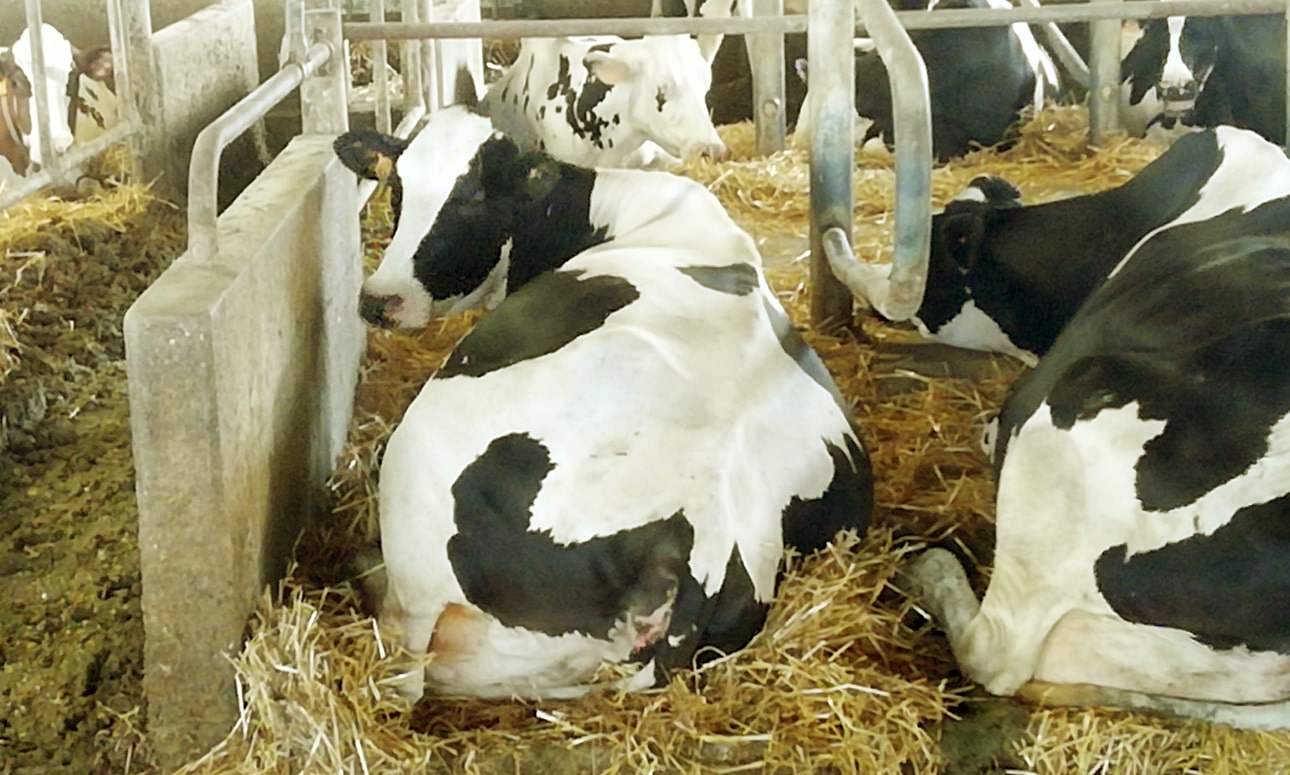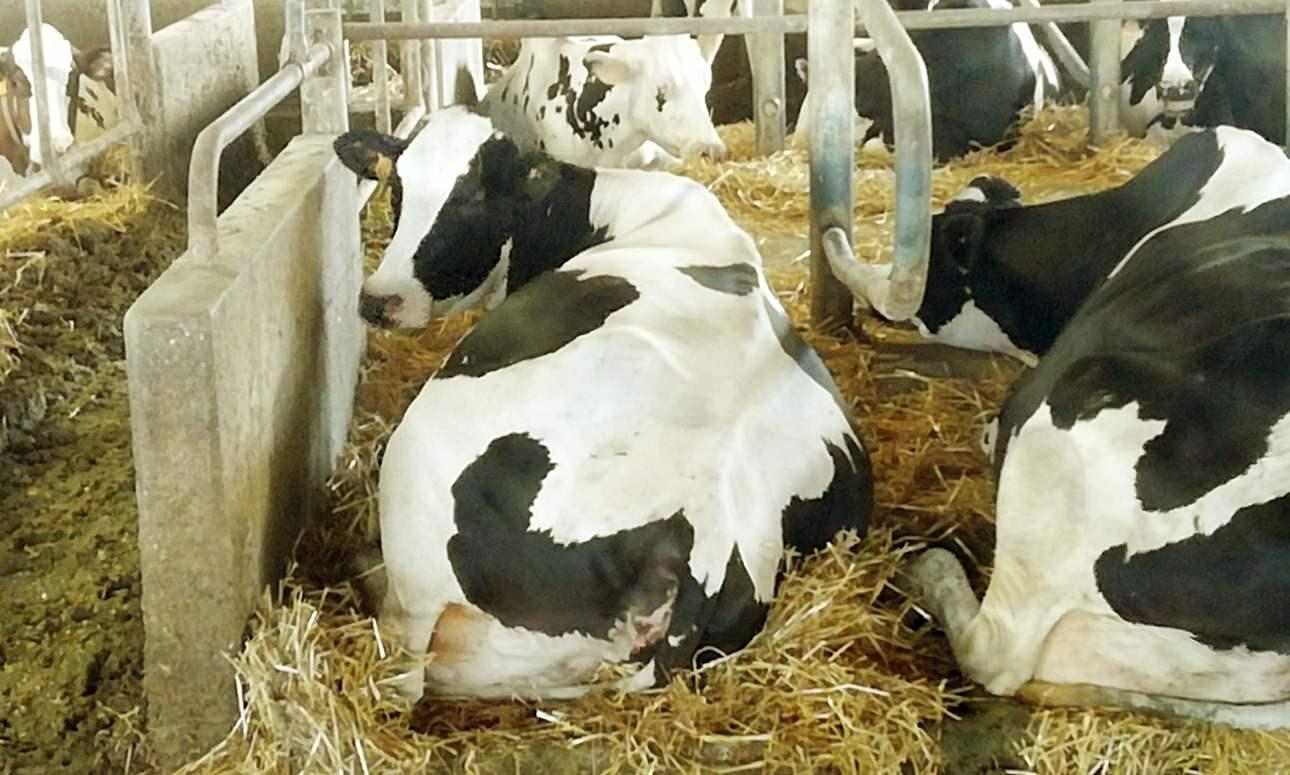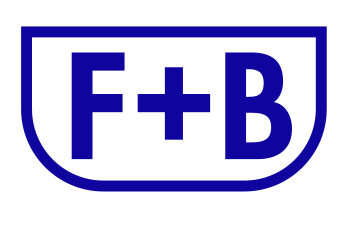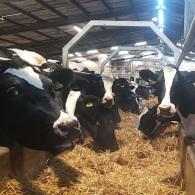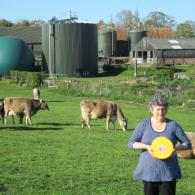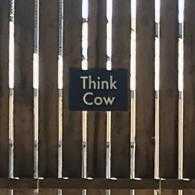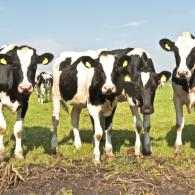Situated in the province of Mantua in Quistello, Italy, Belvedere Farm produces milk destined for the production of Parmigiano Reggiano.
Under the close watch and personal management of owner Mauro Piva, the 250 head herd, 125 cows of which are milked, are managed sustainably, with 100% of forage grown on-farm.
Each year, the company invests over 20,000 euros in innovation, research and development, to improve the welfare of the herd and the environmental sustainability of the business.
Self-Sufficiency
Totalling 80 acres, the land guarantees self-sufficient feeding for the herd and environmental sustainability. Growing alfalfa and cereals alongside grass for hay allows the farm to be 100% self-sufficient and guarantees the origin of the cows' food, which is important to owner Mauro Piva. All crops are certified and OGM-free, aligned with the supply chain, creating a fully compliant end product.
Alfalfa makes up 70% of the crops grown on-farm, which is alternated with forage grasses, both benefiting from the rotation. Grasses are produced without chemical fertilisers, using organic waste only, therefore not generating residual pollution in the soil. Cereals are also produced without the use of pesticides, providing 30% of the herd’s ration, with the remaining 70% purchased from local producers.
The herd’s ration is supplemented with immunostimulants, amino acids and amylases that guarantee the correct supply of nutrients and methane reduction. Complex feeds favour the assimilation of starches so that manure and greenhouse gas emissions are reduced, with significant environmental and zootechnical benefits.
A close watch on herd hygiene, health and breeding
The cows are housed inside, with all spaces ensuring maximum comfort with adequate circulation and lighting and without overcrowding. Cubicles are bedded using straw for higher levels of hygiene and well-being, with calves bedded on straw from birth. The animals are regularly subjected to tail shearing to ensure maximum cleanliness and reduce possible infections or mastitis.
The usage of antibiotics is reduced to a minimum, especially the dry cows, in order to counter antibiotic resistance. All cows are vaccinated before calving to reduce infection and ensure calves are in good health.
For many years, the herd’s cell count has been below 200,000, having also reduced the use of dry antibiotics drastically below 40%, using phytotherapy products to minimize the use of antibiotics. During milking, medicinally licensed products are used for pre- and post- dipping.
For over 20 years, the herd has used genetic selection, leading to higher unit production with a consequent positive effect on the carbon footprint - milk production per working unit is about 5000 qli – while the calf genome allows for greater and more accurate selection.
Activity meters are used to incentivize the conception rate and reduce the interpartum period, guaranteeing efficiency and a greater return.
Summary
The management practices detailed above provide excellent economic and environmental efficiency indices for the farm. The cost control system allows the team to effectively and efficiently manage the various production aspects by identifying the strengths, weaknesses, and corrective actions to be adopted for the continuous improvement of the herd.

